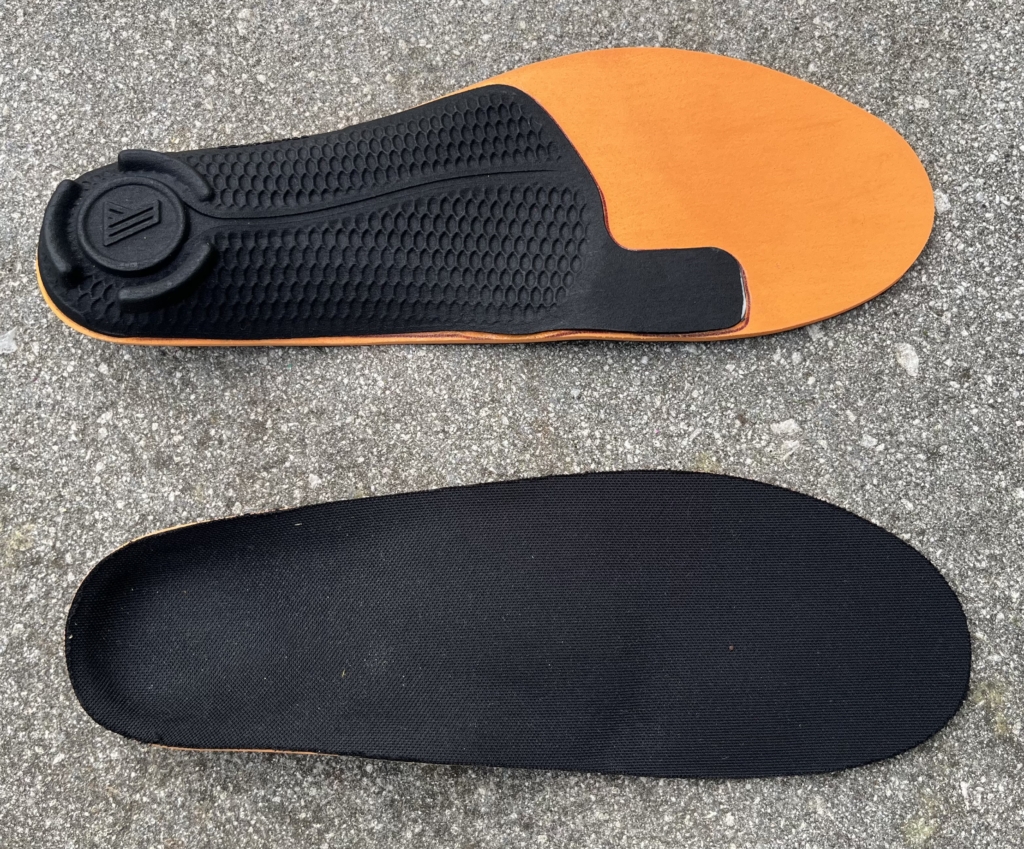Plantar foot pain is a condition that we commonly see in Podiatric Practice. The foot is a complex structure of muscles, tendons, ligaments joints and fascia. We can commonly assume that any foot pain on the base of the foot, being the heel, the arch or even forefoot, is immediately plantar fasciitis. However there are other conditions that may produce pain in the base of the foot. So these should also be considered. What is important , is a good assessment and then diagnosis, to discover the cause of your discomfort, and what condition you may actually have.

Common causes of Plantar fasciitis
Plantar fasciitis is often caused by overuse, increases in activity, a lack of or loss of conditioning for a required activity. The terrain upon you walk, run, exercise or work upon can have an effect on the feet, for example, running on tarmac constantly rather than mixing it up and running on mud or grass. Think the storeman or engineer/toolmaker who walks on hard polished factory floor all day. The shoes you wear, think those up-turned safefty boots that look like they have a nice heel, but really they are flat and may lack rocker and support, this can stress the arch of your foot are you carrying more weight than your body type can comfortably deal with, have you addressed your walking and running style.
Pain is a warning sign that something is not right or needs to be addressed. Other common conditions, we have to be aware of are heel spurs, stress fractures, muscle overuse, tendonitis, tears, acute injuries and other soft tissue issues. Diagnosis of a condition is a combination of description of history, symptoms ,tests and scans. For example, a true case of plantar fasciitis the patient may come to you and say they notice a size change or swelling in the local area and the practitioner may be able to feel inflammation or swelling along the line of the plantar fasciia. Ultrasound diagnostics is one of the gold standards in assessment as the scans allow us to visually see any swelling and or thickening in the soft tissues where as, you may not accurately pick up plantar fasciitis by feel and, not using a scan, is essentially guess work. A heel spur may be difficult to see on ultrasound but X Ray should show this condition. X ray would not normally show plantar fasciitis because the standard X ray shows bone and not soft tissue. So its important to use the correct test.

Treatments and management of Plantar Fasciitis
In my long history of working in clinical practice, there is not ONE best thing to do first in terms of treating plantar fasciitis. As a Podiatrist, if I was treating my own feet, here is what I would consider in managing the condition, and in no particular order. I would first however, consult the advice of a medical practitioner who has a good understanding of foot function, injury prevention and rehabilitation. Treatment is a case by case scenario and each person may respond differently. For example what works well for one person, may not work for another.

The other therapies which can considered when conservative interventions are unsuccessful are 1. steroid injection and finally 2. surgery. Surgery for the plantar fascia can be considered when all other forms of treatment are not working or there is an acute injury requiring surgery, it then remains an in-depth and private discussion with your consultant orthopaedic surgeon to discuss your option.

If you are concerned you may have plantar fasciitis, then its a very good idea to have your feet, gait and your footwear assessed by a practitioner and consider ultra sound scan referrals by your GP. Reducing and resolving pain and a return to comfort can be more simple than you thing but, it does take time, and if often helps to have and experienced expert eye to help you guide in the direction you need to go.
If you have foot pain or discomfort, we are happy to help you at Coastal Podiatry
Clinical Bookings 01202 748 899
Mobile and out of hours 07748 142169
Further reading
Plantar Fasciitis – StatPearls – NCBI Bookshelf
Effectiveness of shockwave therapy in the treatment of plantar fasciitis – PMC